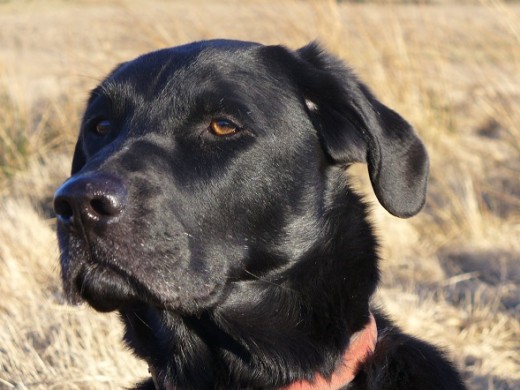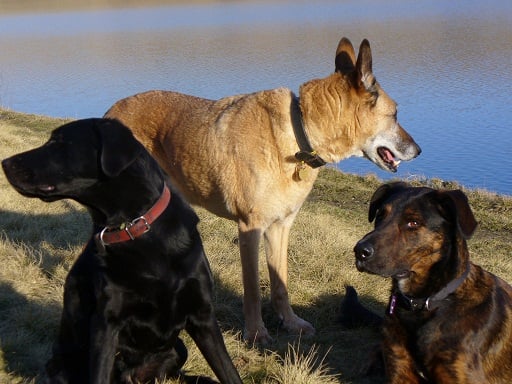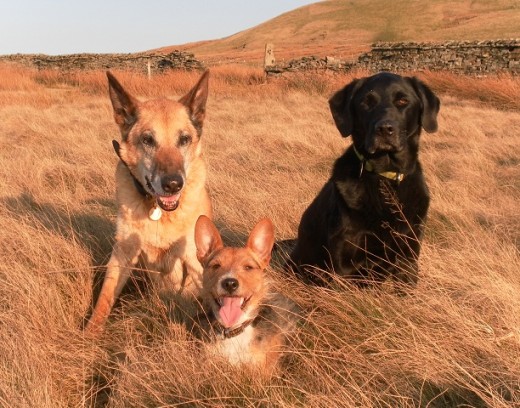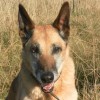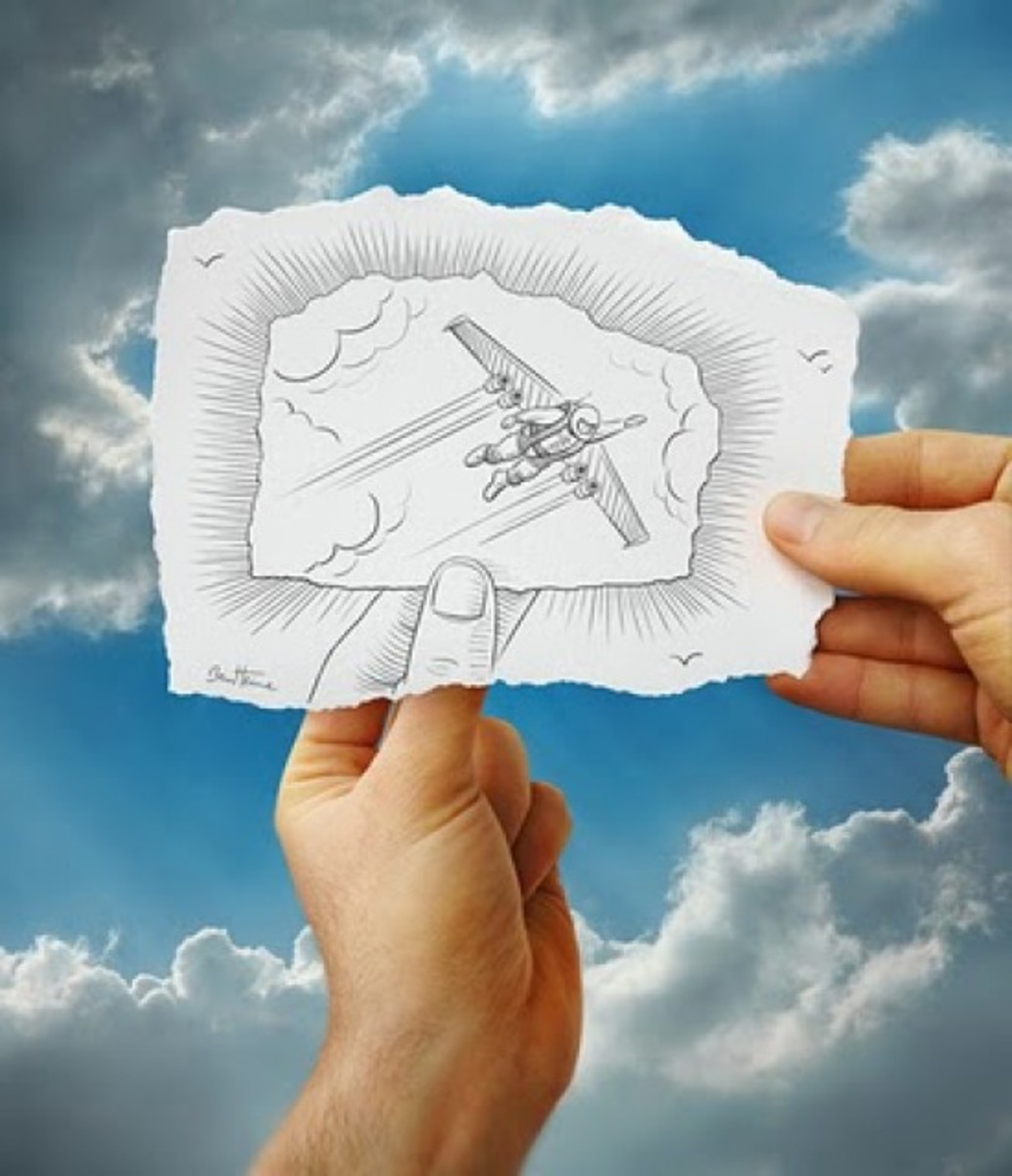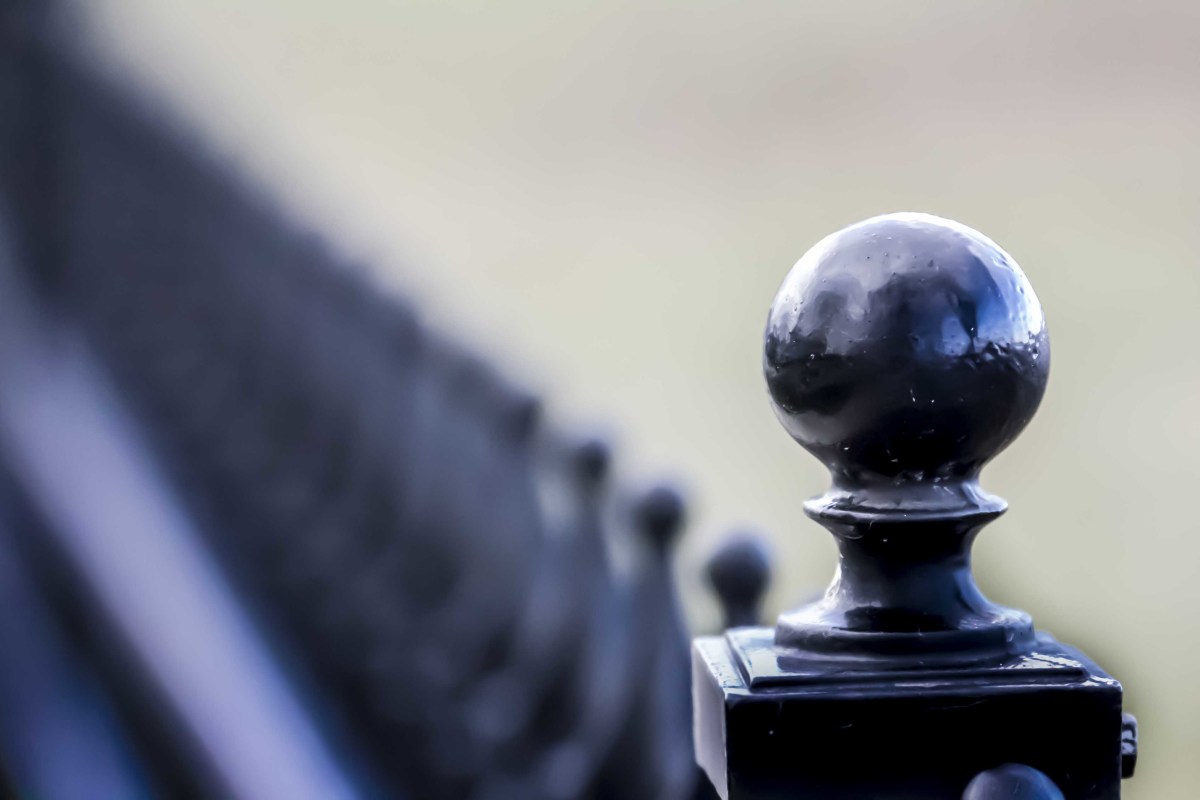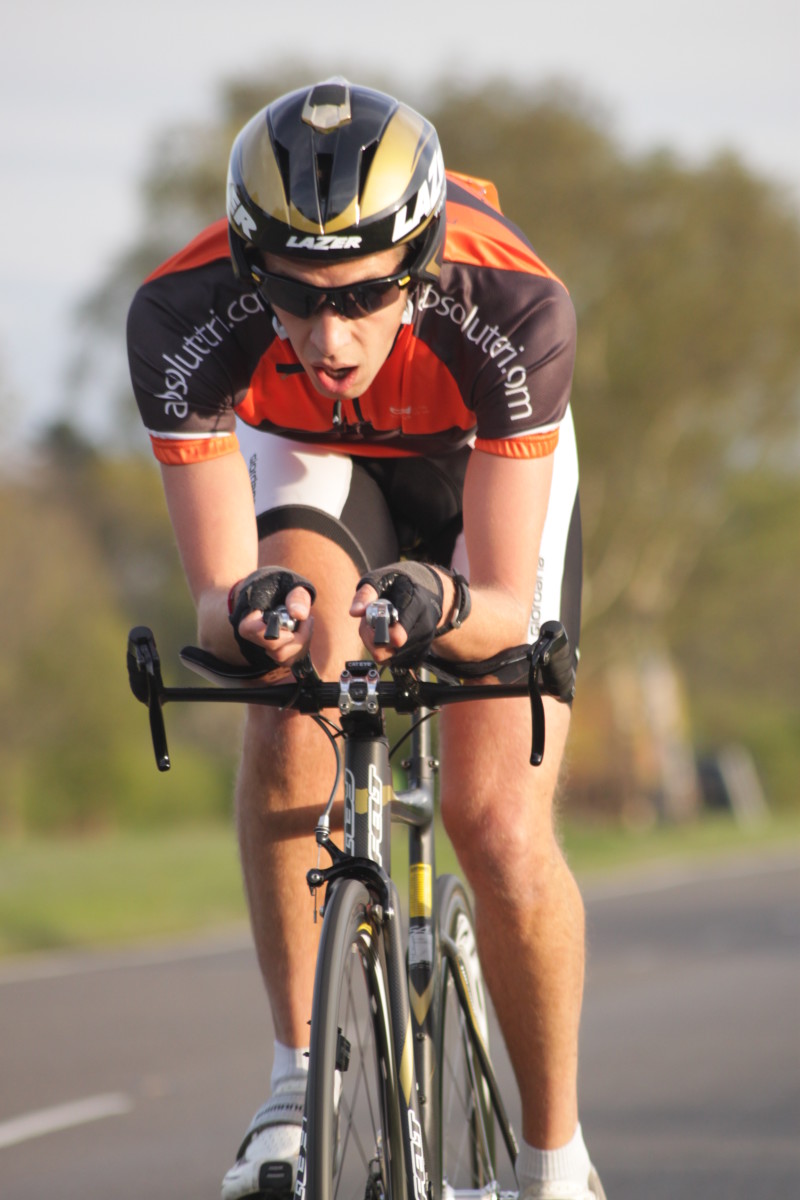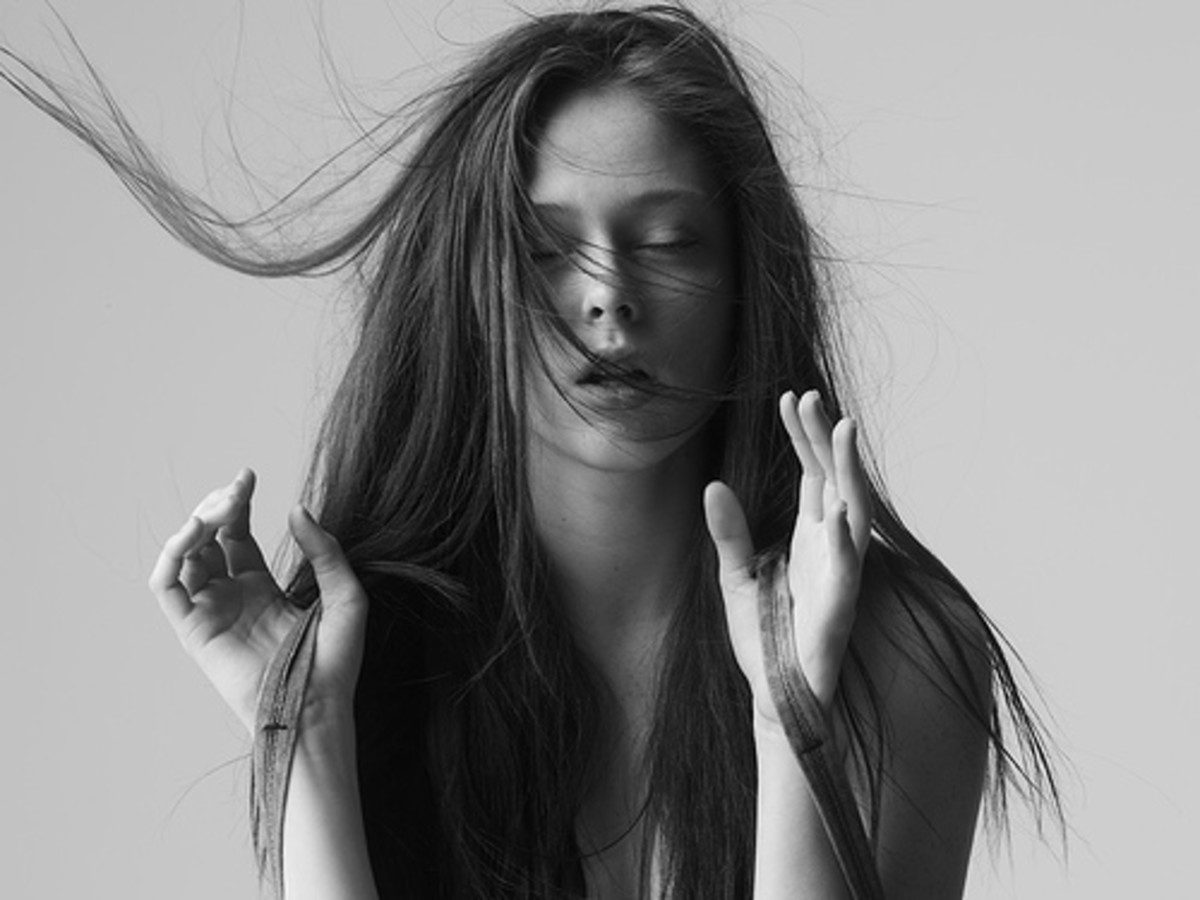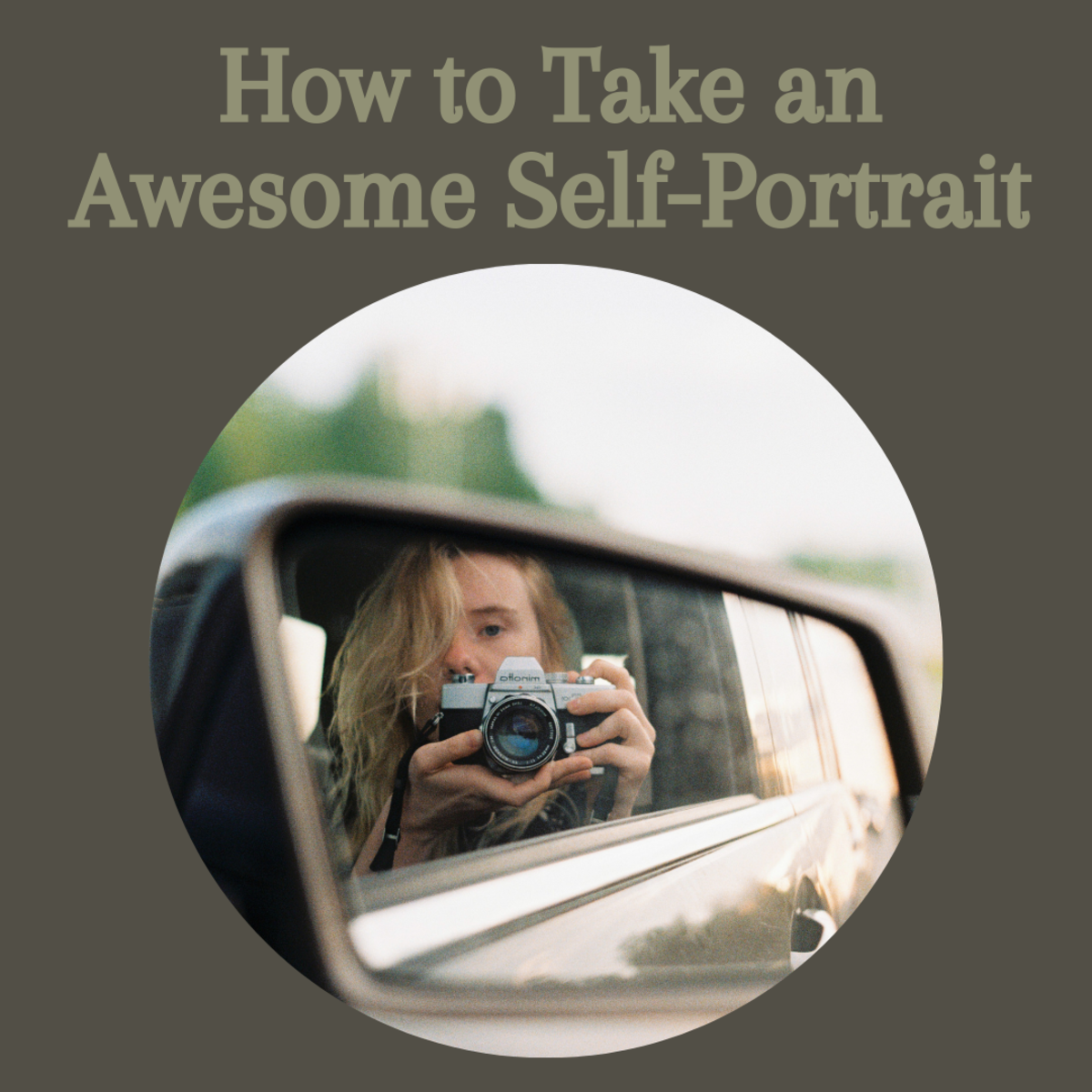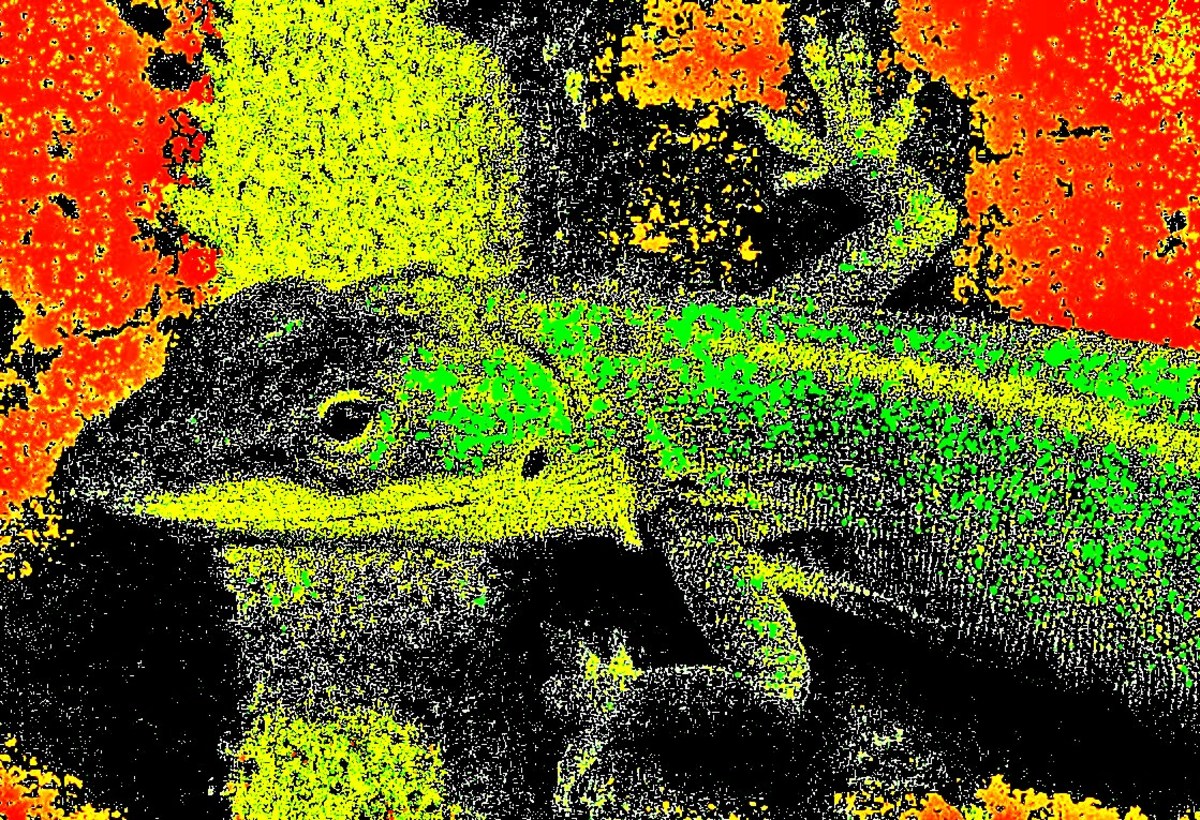Photography - How to Take a Good Photograph of Your Dog
Memories of Your Dog
Most of us dog owners like to have photographs and pictures of our beloved dogs, partly so that we can show them to interested (or not so interested!) people, but mostly because we know that our dogs are unlikely to outlive us and therefore we want to capture them for posterity and reassure ourselves that they will always be with us in some way.
Because of this I think it is worth paying extra attention to get as good a photographic portrait of your dog as you can. Your effort will be repaid by the extra pleasure you get from having a beautiful keepsake of your dog. In addition it can be really enjoyable taking pictures of dogs, it's a fun activity to involve your pet in and can provide amusing mementos if things don't go quite according to plan!
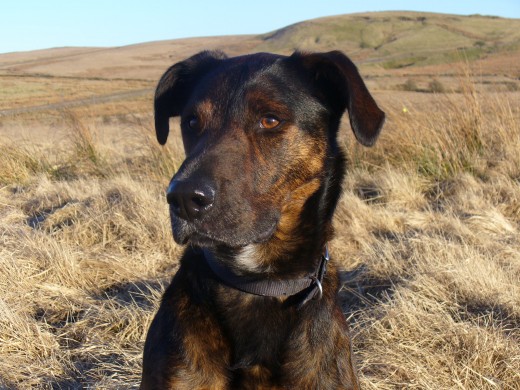
Preparation
Practice with your dog without the camera first. Photographing your pet lying down or sitting is simplest. Make sure your dog will sit and stay or lie down and stay for at least 1 minute at a short distance from you. This will give you enough time to step back and take a few photographs.
- Starting in the house, ask your dog to sit, step away a couple of feet, return to your dog and reward him.
- Extend the distance and time gradually.
- Practice the stay with you stepping away and going into a 'photographer's crouch'. It is crucial to practice this, because to start with when you crouch, the dog will likely think this in an invitation to it and will come over for a cuddle.
- Now practice this while holding the camera - again your dog will probably be distracted and come over to you - after all the camera could be a box of treats!
- If the dog looks away from you make an enticing noise - a squeak or whee sound often works and reward the go if he looks at you without getting up to see what you're doing.
- Now go back to step one but this time outside somewhere quiet and safe. Go through all the steps until your dog is comfortable with them and you are confident of a good response.
Practice
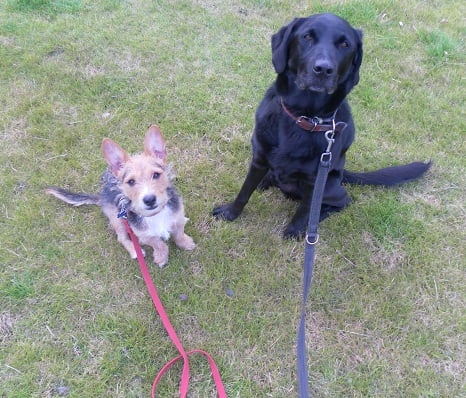
What Camera Should You Use
It honestly doesn't matter too much and you certainly don't need an expensive SLR with lots of lenses. If you are still using film cameras then one with a zoom is helpful so that your dog will fill more of the photograph without you being too close to it that the camera can't focus. Select a 100 or 200 ASA film because you will be photographing in good light.
If you have a digital camera you will get better quality photos from one with a high megapixel count. These days most take pictures of more then 8 megapixels and this is plenty good enough. For my pictures here I have used a Samsung ST60 which is 12 megapixels and is just a small automatic digital camera.
Grooming and Appearance
Before a photography session with your dog you may want to groom him so that he looks his best. Pay particular attention to his eyes wiping away any sleep gloop from them.
You may want to get a new collar or clean the existing one. I find the ends of older leather collars often curve out and can look a bit unsightly in a portrait. You can solve this by undoing the collar and wrapping a black (or other colour to match your dog's collar) elastic hair tie around it a couple of times, then when you put the collar back on you can tuck the end into the tie.
Take the photograph when the dog is feeling rested but not over excited. If you take the picture after a long walk or a game of Frisbee you might find the picture is all tongue as the dog is panting and it may be too tired to bother with your instructions.
A Photograph with Several Faults
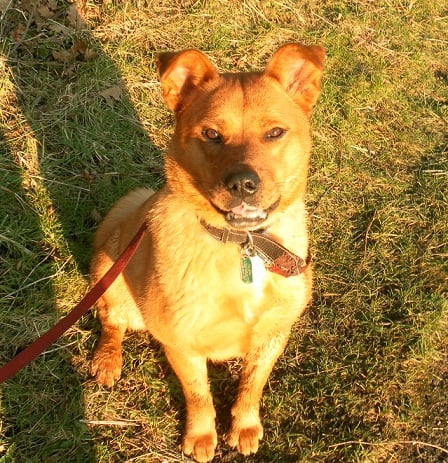
Location
For the amateur photographer taking a portrait outside in natural light is easiest. Choose a sunny or fairly bright day. Your location should be safe, quiet and uncluttered. You don't want lots of things to distract your dog when you are taking the picture and you don't want them cluttering up your picture either. It must be safe, because you will get a more attractive result if you photograph your dog off the lead.
I live near some moors where the grasses are very attractive shades of brown and I often use this as a back drop to my dog portraits. If you have a garden you may find that is the safest and easiest place to start with.
The Finishing Touches
- Don't just take one photograph, take 5 - then you can select the best one. You don't have to show anybody the ones which went wrong!
- If you're not happy with your first results, or your dog won't do what you want it to, practice a bit more and go back out another day. You will get the best results if this is a relaxed process which is fun for you and your dog.
- When you get home crop the photos. This just means selecting the area you want and is easily done in Microsoft paint or even by just printing out the photo and guillotining around the edges.
- Print out the photo on good quality photographic paper - you may want to save it on disc and take it to a photography shop for this
- Select a frame and display your photo so that you can enjoy it every day.
The Benefit of Cropping your Dog's Photo
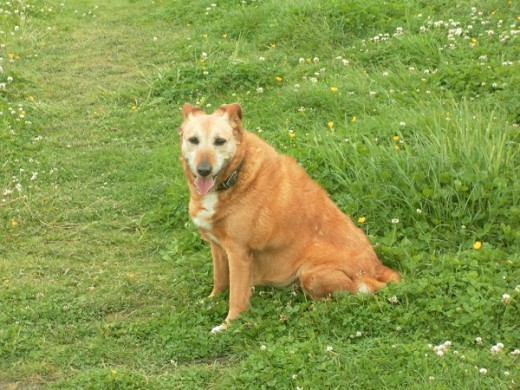
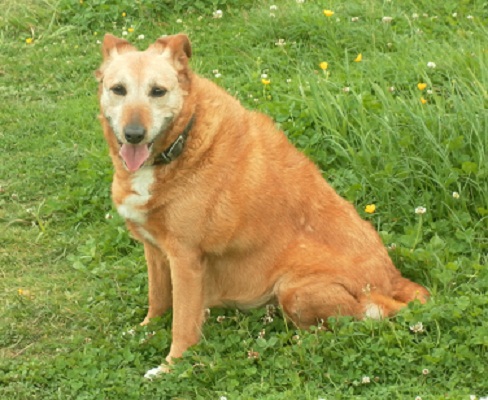
Black Labrador Photo - A Pleasing Result
